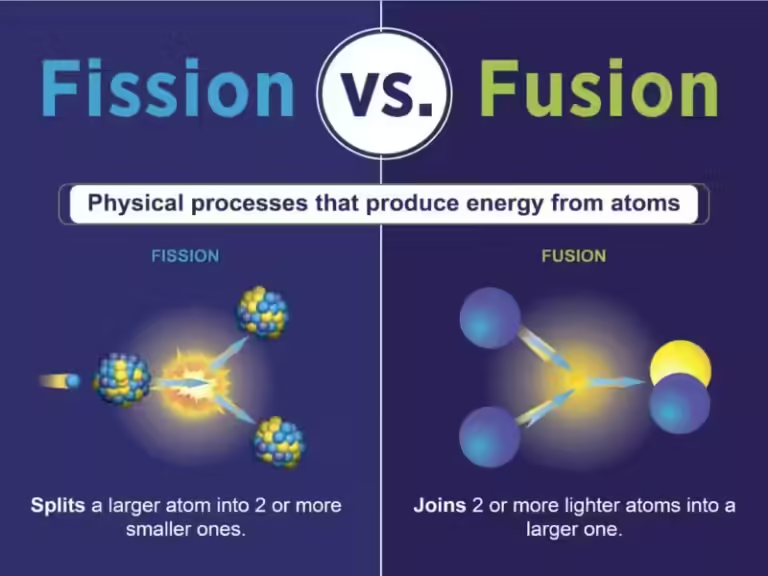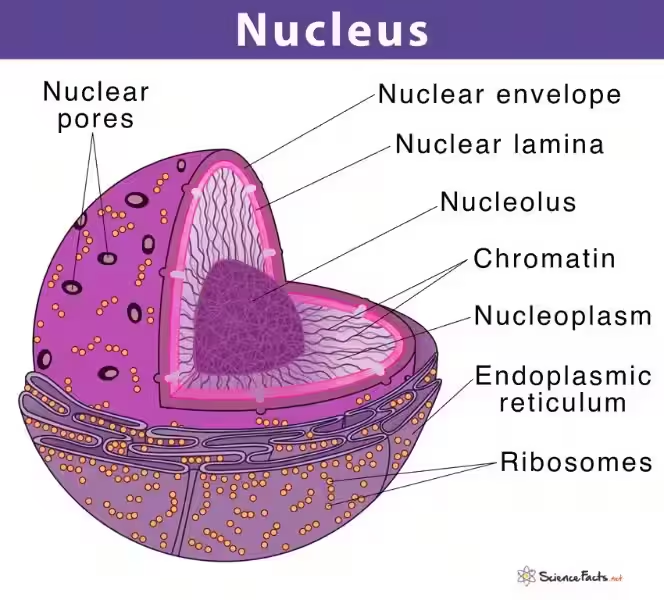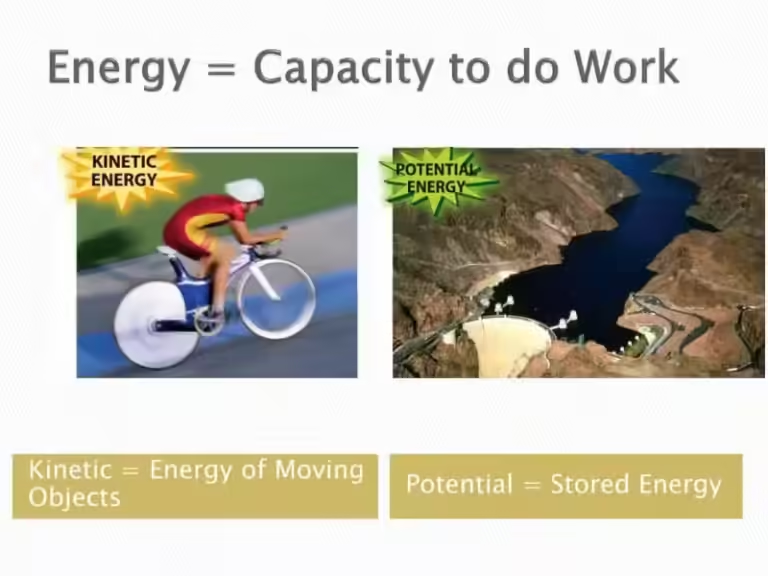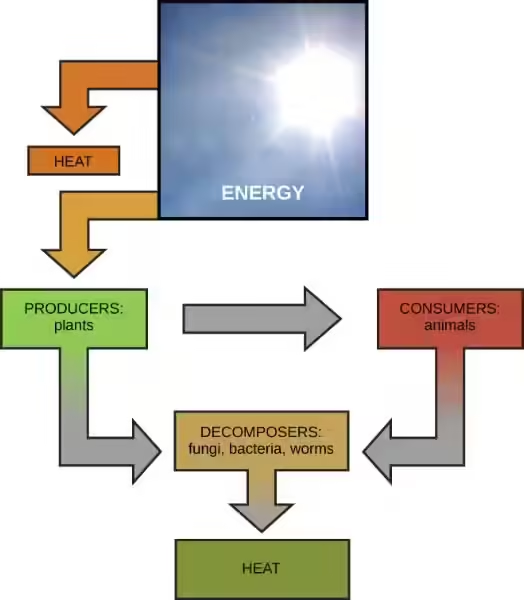The Sun: A Nuclear Fusion Powerhouse

Imagine a giant ball of burning gas, radiating light and heat across the vast expanse of space. That's our Sun, the heart of our solar system and the source of life-giving energy for Earth. But how does this colossal celestial body generate such immense power? The answer lies in a process called nuclear fusion.
Nuclear Fusion: The Sun’s Powerplant
Deep within the Sun's core, where temperatures reach a staggering 15 million degrees Celsius, hydrogen atoms are squeezed together under immense pressure. This pressure overcomes the natural repulsion between the positively charged nuclei of these atoms, forcing them to fuse and form a heavier element – helium. This process, aptly named nuclear fusion, releases a massive amount of energy in the form of light and heat.
A Simple Analogy
Think of it like combining two small pieces of clay to form a slightly larger piece. The combined piece weighs slightly less than the original two. That missing mass is converted into energy, much like Einstein's famous equation E=mc² describes. This energy release is what powers the Sun.
The Fusion Process Explained
The primary fusion reaction in the Sun involves four hydrogen nuclei (protons) combining to form one helium nucleus. This process releases a massive amount of energy, which then travels outwards through the Sun's layers. The energy released from one fusion reaction can even trigger further fusion reactions, creating a continuous chain reaction that keeps the Sun burning brightly.
A Chain Reaction
Imagine a domino effect, where each domino falling triggers the next. Similarly, in the Sun's core, each fusion reaction releases energy that triggers more fusion reactions, perpetuating the cycle and creating a consistent energy output.
The Sun’s Energy Reaching Earth
The energy generated by nuclear fusion in the Sun's core travels through its layers and is emitted as light and heat. This energy travels through space, reaching Earth after an eight-minute journey. The light and heat from the Sun play a vital role in sustaining life on Earth. It drives photosynthesis in plants, regulates our climate, and provides warmth for all living beings.
Earth’s Dependence on the Sun
Without the Sun's energy, our planet would be a frozen wasteland. The warmth of the Sun allows for liquid water to exist on Earth, making it hospitable to life. It fuels the processes that maintain our atmosphere and drive weather patterns. This vital energy is the foundation of life on Earth, a testament to the incredible power of nuclear fusion in the heart of our Sun.
Frequently Asked Questions about the Sun’s Energy Generation
How does the Sun generate energy?
The Sun produces energy through a process called nuclear fusion. This occurs in the Sun's core, where immense pressure and heat cause hydrogen atoms to fuse together to form helium atoms. This reaction releases a tremendous amount of energy in the form of light and heat, which radiates outward from the Sun.
What is nuclear fusion?
Nuclear fusion is a process where the nuclei of atoms combine to form a heavier nucleus, releasing a tremendous amount of energy. This process is the source of the Sun's energy and is also being studied as a potential source of clean energy on Earth.
What are the key components of nuclear fusion in the Sun?
- Hydrogen Fusion: The primary fusion reaction involves the fusion of four hydrogen nuclei (protons) into one helium nucleus.
- Energy Release: The process releases energy because the helium nucleus is slightly less massive than the four hydrogen nuclei combined. This mass difference is converted into energy according to Einstein's famous equation E=mc².
- Chain Reaction: The energy released from one fusion reaction can trigger further fusion reactions, leading to a continuous chain reaction.
- Light and Heat: The energy released is in the form of photons (light) and kinetic energy (heat), which travel outward from the Sun.
How does the Sun's energy reach Earth?
The energy released from nuclear fusion in the Sun's core travels through the Sun's layers and is eventually emitted as light and heat. This energy travels through space and reaches Earth, providing the energy necessary for life on our planet.








